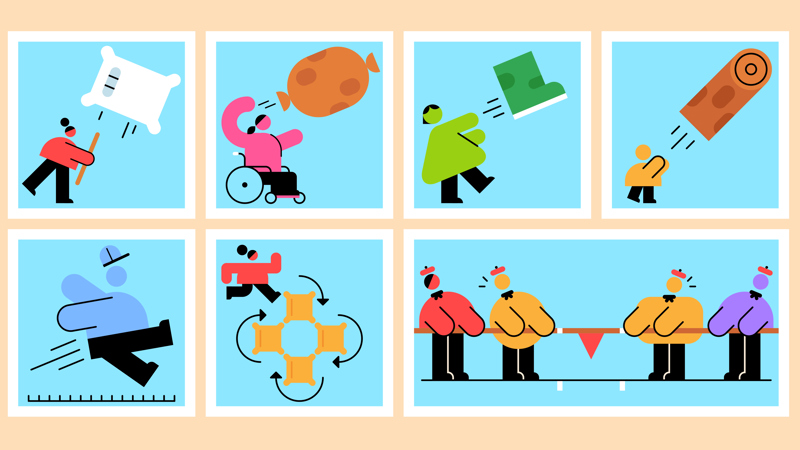
Host your own homemade Highland Games
You’ll need
- Equipment for your chosen games (see instructions)
Before you begin
- Use the safety checklist to help you plan and risk assess your activity. Additional help to carry out your risk assessment, including examples can be found here. Don’t forget to make sure all young people and adults involved in the activity know how to take part safely.
- Make sure you’ll have enough adult helpers. You may need some parents and carers to help if you’re short on helpers.
Planning this activity
- Decide which of the seven game events you’ll include in your homemade Highland Games. How many you choose is up to you – it’ll probably depend on how many people take part, the length of your session, and your venue. Generally, two or three games will fill a 45-minute session.
- Each of the game events needs an open space to play, so think about how you’ll use your meeting place and head outside if you can. To mark lines and landing places, you could use masking tape, chalk, or cones.
- Get all the equipment ready – different game events need different items.
- Prepare some small prizes for the winners; perhaps some certificates, or even small medals.
Introducing the Highland Games
- Ask if anyone has heard of the Highland Games. If anyone has, let them share what they know if they want to.
- Explain that The Highland Games are one of Scotland's great sporting traditions. The Games happen outdoors all over Scotland, as well as in other countries with Scottish populations, between May and September every year. Competitions have been taking place for hundreds of years. Traditional Highland include the caber toss, tug o’ war, and the hammer throw. The biggest Highland Games is the Cowal Highland Gathering, which is also called the Cowal Games. It happens in Dunoon in Scotland in August – there are around 3,500 competitors and around 23,000 spectators.
Running this activity
- Although the Highland Games are traditionally individual events, for this activity everyone should split into equal teams called clans. About four or five people in each clan works well.
- Each clan should decide on a team name. They could use the ‘Clan name generator’ sheet to help.
- Every clan should have a go at each of the game events the person leading the activity has chosen to include. An adult volunteer or young leader should keep track of clans’ scores.
- Once everyone’s had a go at all of the game events, count up the scores and announce the winning clan. You could give out bonus points for good sportspersonship, respect, good communication, cheering on the teams, kindness, teamwork and politeness.
Game events
Sheaf toss
Competitors try to use a pitchfork to throw a sheaf (a bundle of straw) over a high bar.
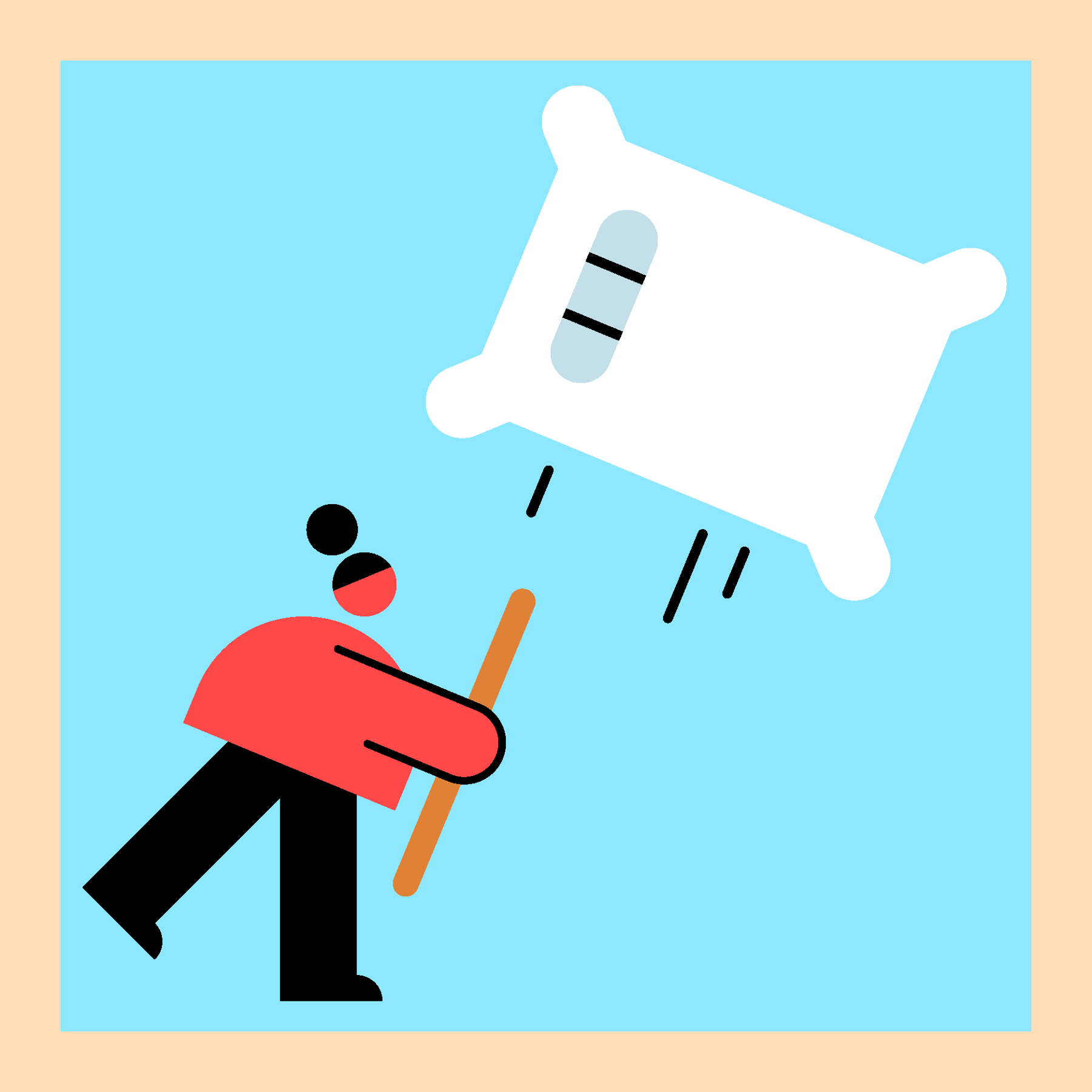
You will need
- A pole (or a broom)
- A pillow
- Something to mark the start line and landing places
- The person leading the activity should mark out a start line and put the sheaf (the pillow) on it.
- The first player should go to the start line. Everyone else should be a safe distance away from the sheaf toss.
- The first player should use the pole to lift the sheaf up and launch it as far as possible. They shouldn’t step over the start line.
- The person leading the game should mark where the sheaf ends up. They should measure the distance and jot it down as a score.
- Each player should have two turns at tossing the sheaf. The further they can toss it, the higher their score.
Haggis hurl
Competitors try to throw a haggis as far as possible without breaking it – it should still be edible after it lands.
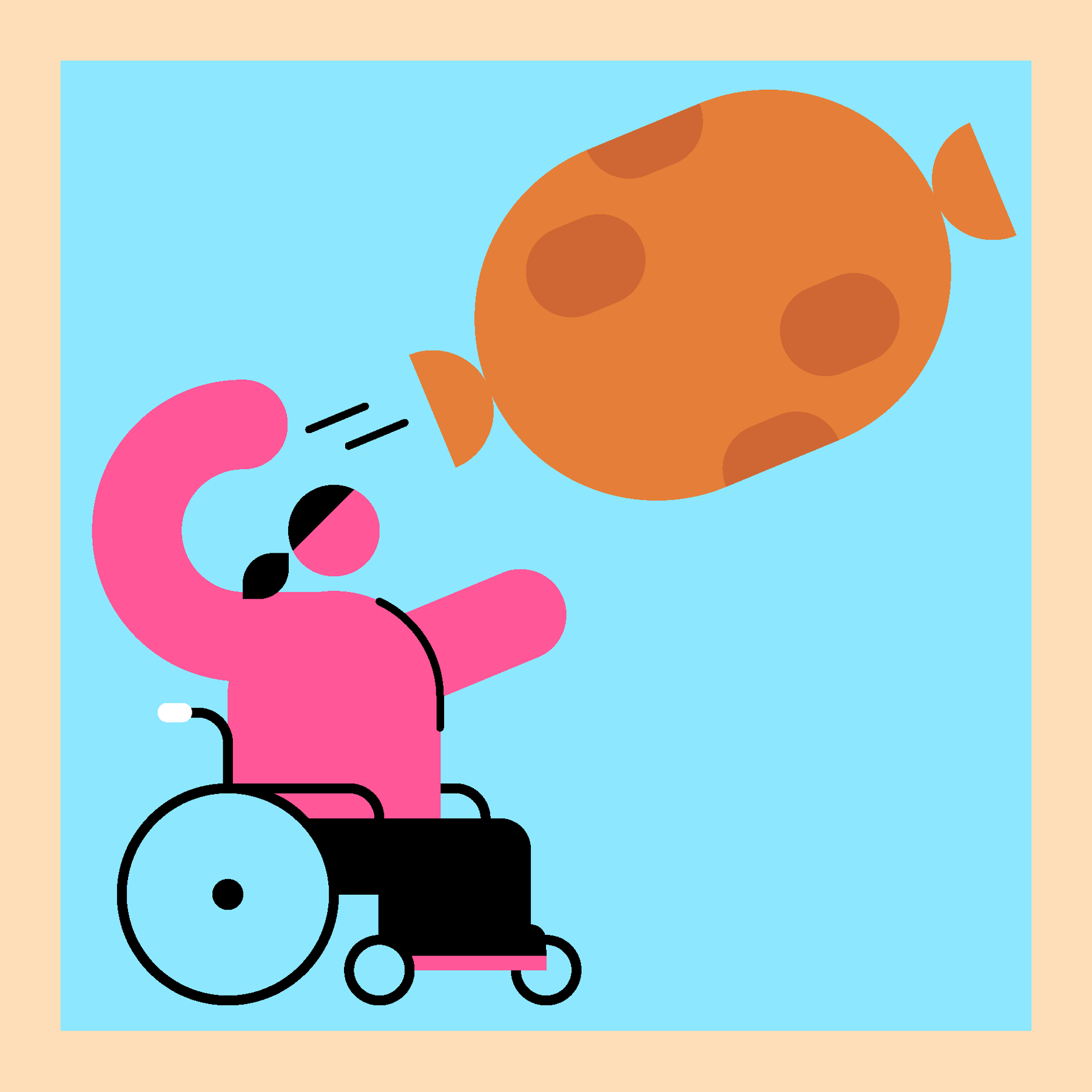
You will need
- Some haggises made from sandwich bags, balloons, or socks filled with rice or lentils.
- A sturdy box or step to stand on
- Something to mark the landing places
- The first player should stand on the standing block (the box or the step).
- Without stepping off the block, they should throw the haggis as far as possible without breaking it. If they break it, their throw doesn’t count.
- If the haggis lands without breaking, the person leading the game should mark where it lands, measure the distance, and jot it down as a score.
- Each player should have one turn.
Welly throw
Competitors take part in the hammer throw where they take a heavy metal ball on a pole and spin around with it before letting it go so it flies as far as possible.

You will need
- Large welly boots (ideally an adult size)
- Something to mark a start line and landing places
- The person leading the activity should mark out a start line and put the welly boot on it.
- The first player should go to the start line. Everyone else should be a safe distance away from the welly throw.
- The first player should throw the welly boot as far as possible. They shouldn’t step over the start line.
- The person leading the game should mark where the boot ends up. They should measure the distance and jot it down as a score.
- Each player should have two turns at throwing the welly boot. The further they can throw it, the higher their score.
Caber toss
Competitors use their strength to lift and flip a very tall and heavy log. This is one of the most famous events at the Highland Games.
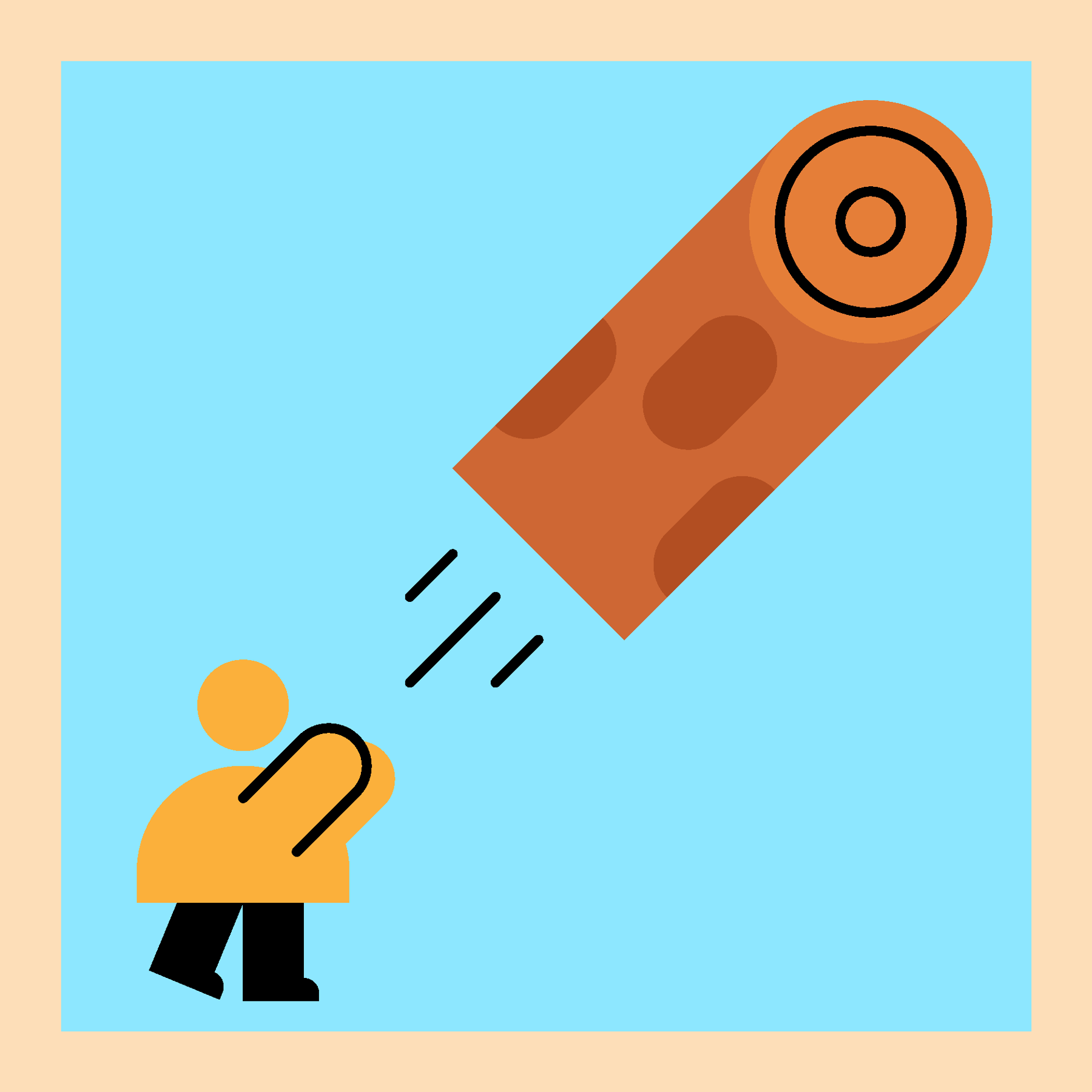
You will need
- Three floating pool noodles (or cardboard tubes)
- Strong tape
- Something to mark a start line
- The person leading the activity should attach three floating pool noodles together with strong tape. They should also mark out a start line and put the caber five paces behind it.
- The first player should go to the caber. Everyone else should be a safe distance away from the caber toss.
- The player should lift the caber from the bottom and lean it against their shoulder. They should clasp their hands together to hold the bottom of the caber.
- The player should walk quickly towards the start line – it’s up to them when then launch the caber by pushing their hands up and releasing it.
- Players should aim to flip it over so it lands straight in front of them.
- The person leading the game should give points to anyone who flips it successively.
Broad jump
This event tests both coordination and leg strength. In 1904, an Olympic record was set at 3.47 m – it stood for over 80 years. The new record is over 3.6 m.
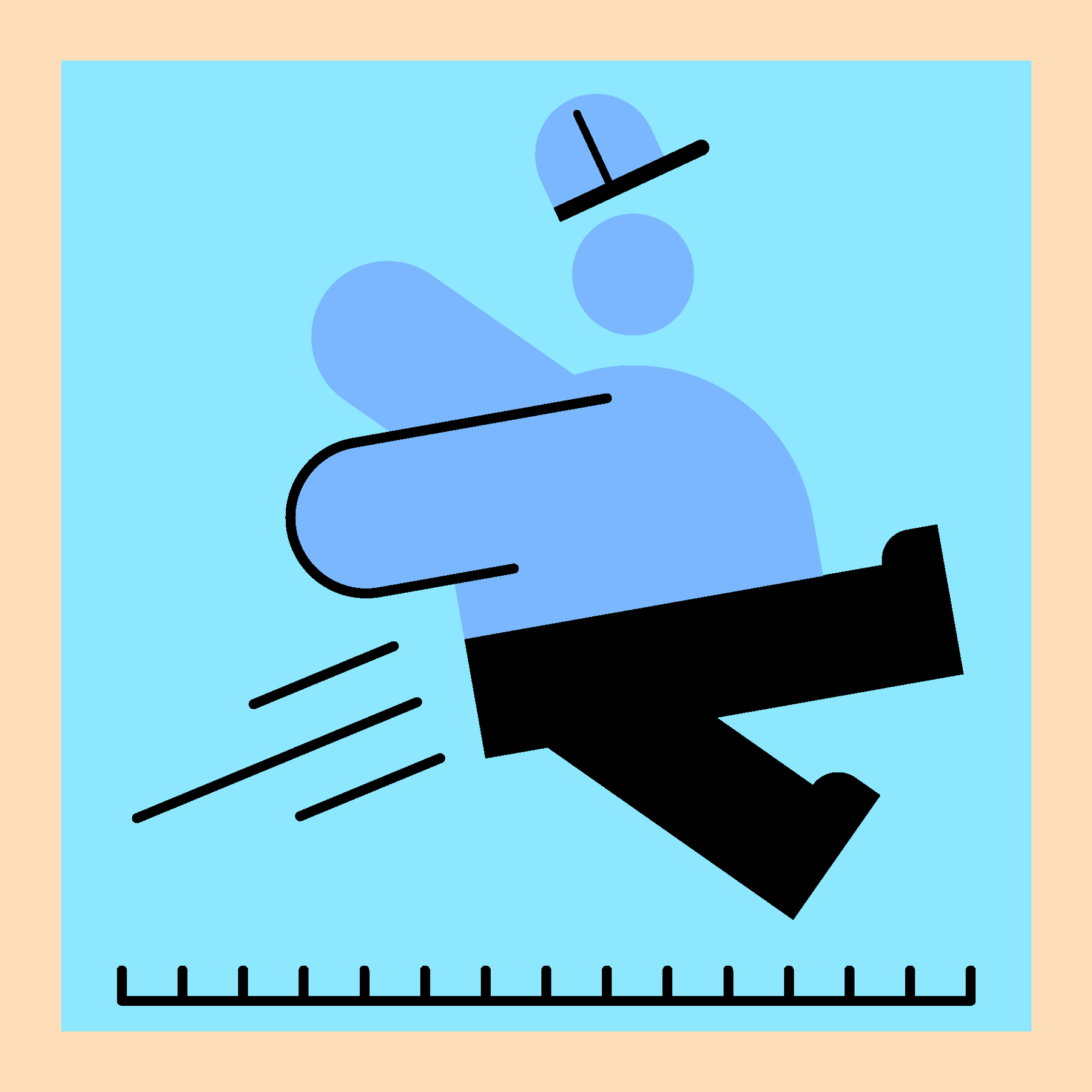
You will need
- Something to mark a take-off line and landing places
- The person leading the activity should mark a take-off line.
- Players should take it in turns to stand on the line and jump from a standing position with both feet at once. They should bend their knees before they take off and swing their arms forward as they take off to help.
- The person leading the game should mark where the player ends up. They should measure the distance and jot it down as a score.
- Each player should have two turns at jumping. The further they can jump, the higher their score.
Highland steps
Just like the Highland Fling (a solo Highland dance), this game event isn’t as simple as it appears. Rhythm, speed, and clear thinking are the keys to success.
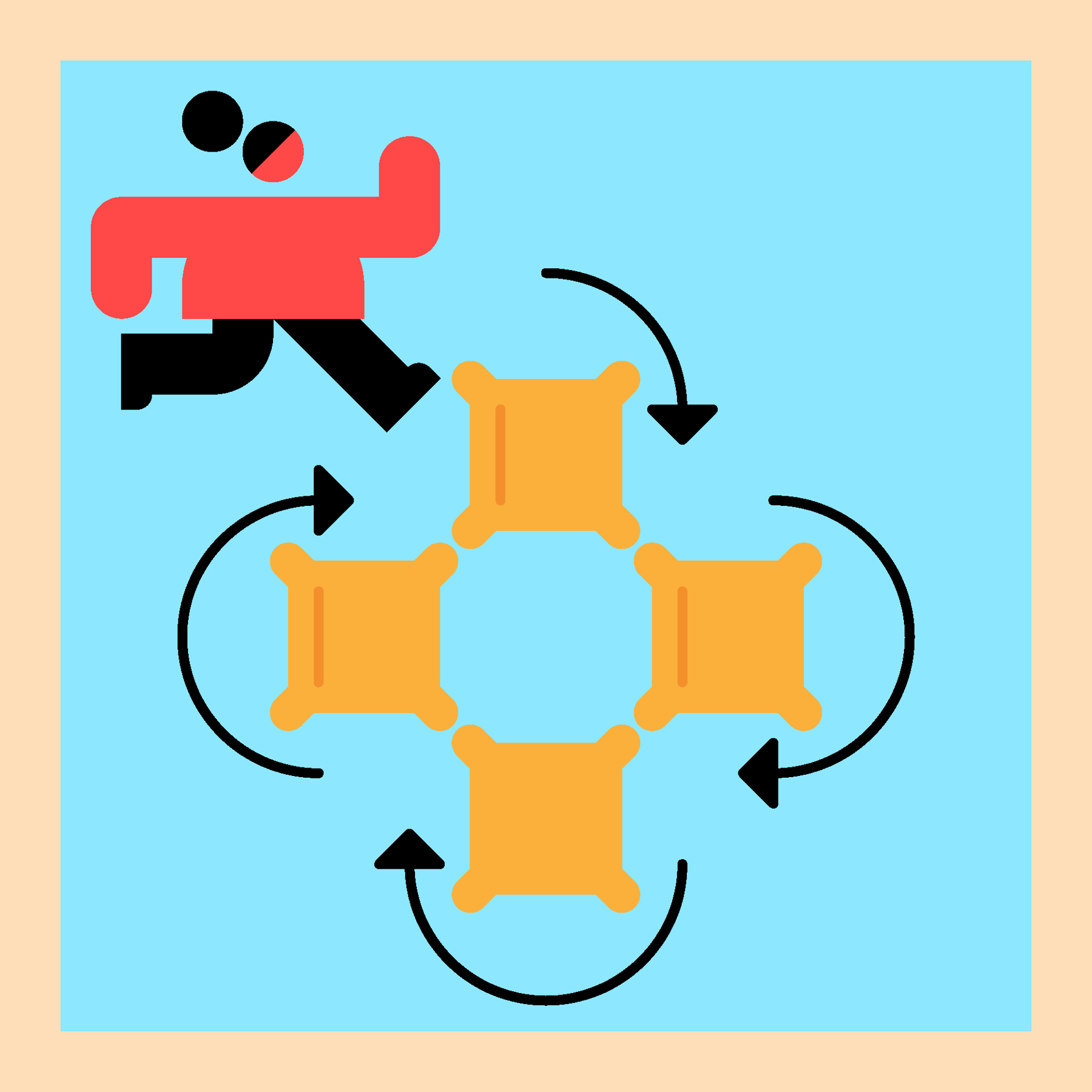
You will need
- Four beanbags
- A stopwatch or phone
- The person leading the game should use the four beanbags to make a cross on the floor. They should explain that the top-left square is square one, the one to its right is square two, the one underneath that square three, and the one to the left of that square four. They could label the squares if they think it’ll help.
- The first player should stand in square one. As quickly as they can, they should step into square two, then square three, then square four, then back into square one. Both of their feet must land in each square. They should repeat these steps (in the same order) as many times as they can in 30 seconds.
- The person leading the game should time 30 seconds and count how many cycles the player finishes. The more cycles they complete, the higher their score.
Tug o’ war
This is one of the most fiercely competitive events in the Highland Games. It’s a show of teamwork, strength, and sportsmanship.

You will need
- A rope
- Red tape
- White tape
- A whistle
- Use the red tape to mark the middle of the rope (the centre line). They should measure three metres from the centre line in both directions and mark with white tape to create two team lines.
- Use the red tape to mark the centre of the playing space. They should use the white tape to mark lines three metres either side to create two hold lines.
- Everyone should split into two even teams.
- Each team should stand behind their white team line, and hold the rope behind the white hold line.
- The referee should call ‘take the strain’ and everyone should pull gently on the rope until it’s taught and the red lines on the rope and floor line up.
- The referee should call ‘pull’ and both teams should start pulling. They should aim to pull the red centre line in the middle of the rope over their white centre line on the floor (and therefore the other team’s white hold line over the red line on the floor)
- The referee should watch carefully and blow the whistle whenever they see a team win a pull.
- The teams should swap ends and repeat steps four to seven. The event should have three pulls – the team that wins the most pulls is the winner.
- After the final pull, all the players should shake hands to show good sportsmanship.
Reflection
This activity was a chance for everyone to get active with new activities. What skills did people need to so well in the homemade Highland Games? People may think about strength, accuracy, focus, and teamwork – and, of course, being up for giving new things a go.
This activity was also a chance for everyone to learn about the traditions of the Highland Games. Has anyone seen a Highland Games before? If so, what was it like? There may have been traditions such as different kilts or tartans, tasty food and drinks, music, dancing, or competitive events needing different skills.
Safety
All activities must be safely managed. You must complete a thorough risk assessment and take appropriate steps to reduce risk. Use the safety checklist to help you plan and risk assess your activity. Always get approval for the activity, and have suitable supervision and an InTouch process.
- Outdoor activities
You must have permission to use the location. Always check the weather forecast, and inform parents and carers of any change in venue.
- Poles and long objects
Be careful when moving poles or long items. Take care if the ends are sharp. Have appropriate supervision for this activity.
- Active games
The game area should be free of hazards. Explain the rules of the game clearly and have a clear way to communicate that the game must stop when needed. Take a look at our guidance on running active games safely.
- Music and films
Make sure music and films are age appropriate for the youngest person present.
- People could use their imagination and creativity to plan and play their own Highland Game events. They could even use everyday items from their meeting place – if you do this, make sure everyone stays safe.
- It’s up to you how you run the evening, but taking part in every event may be challenging and tiring. One or two people from each clan could represent them at an event, so everyone gets the chance to rest as well as the chance to have plenty of goes. Anyone resting should cheer on the people from their clan.
Choose game events that’ll work for everyone in your section – you may need to adapt them, for example, by using a lighter haggis or tossing the caber in pairs. If a few people represent each clan at each game event, you could match people’s needs and skills to different game events.
All Scout activities should be inclusive and accessible.
You could even challenge another group nearby to compete in the Homemade Highland Games.

